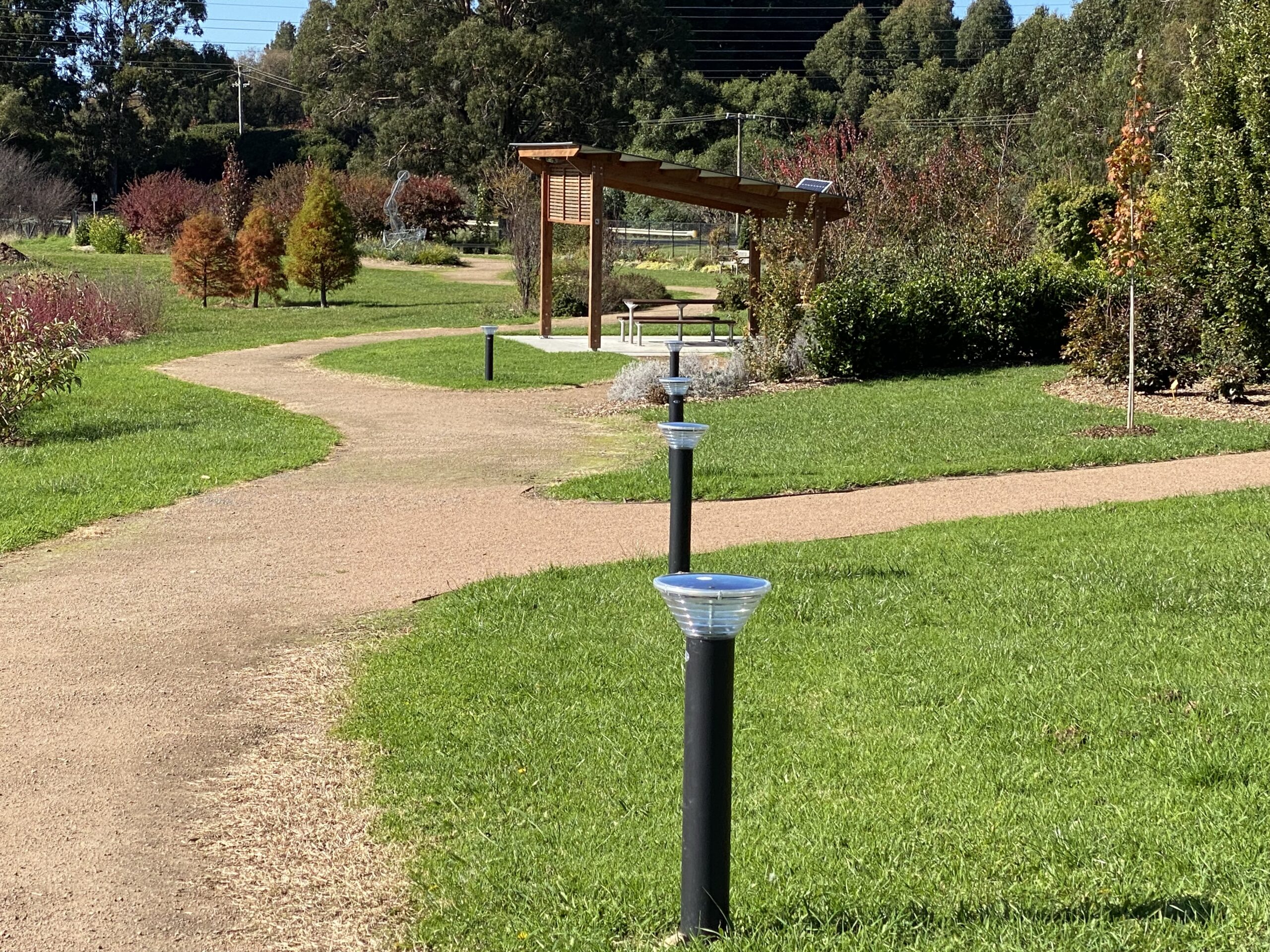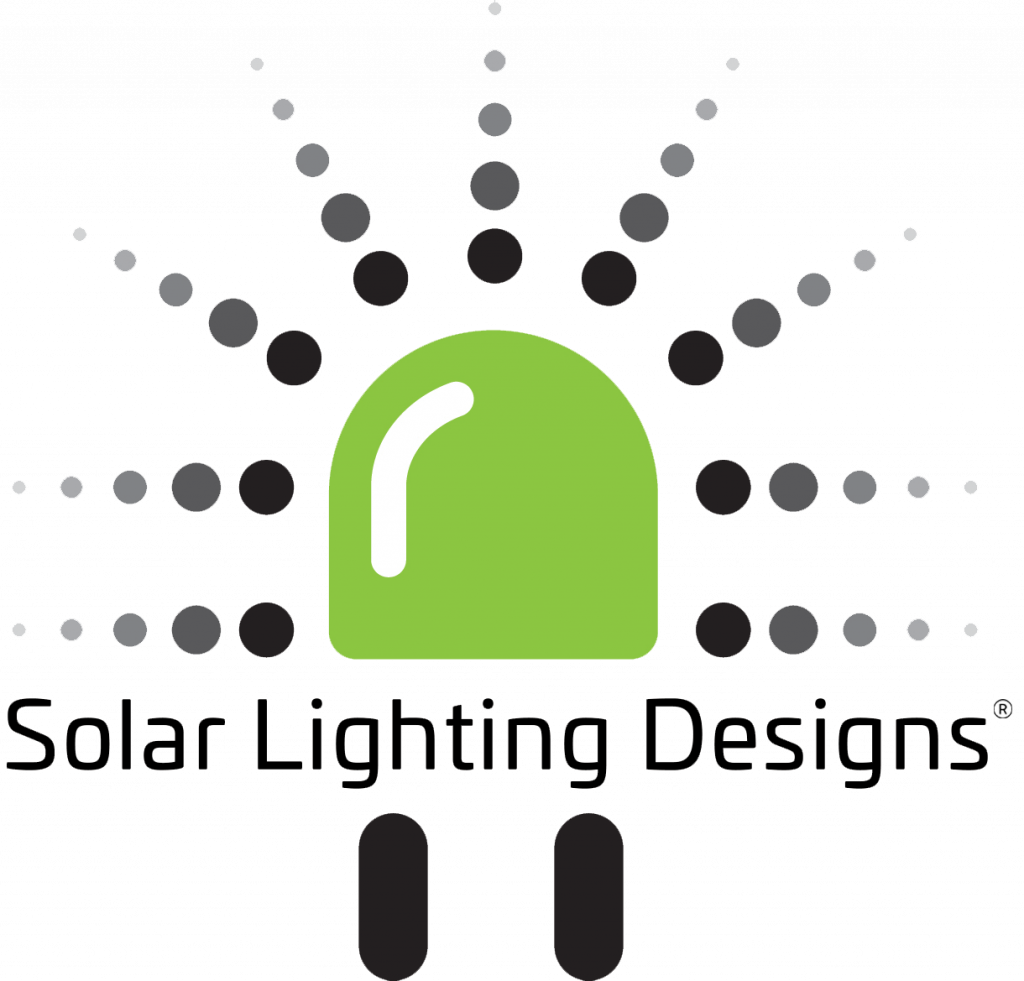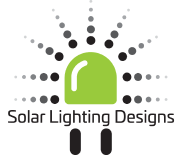Solar Lighting Designs Media
Dive into insightful articles, engaging content, and thought-provoking posts.
Blogs
Solar
Lighting
Designs
Solar Lighting Designs
©2024
Some of our.
Latest stories.
Solar Solutions.
Unmatched Quality.
Solar Lighting Designs is proud to be an Australian owned and made certified business, specialising in commercial solar lighting. We design, manufacture, supply and install solar lighting products to residential, commercial, and local government clients all over Australia

What Type of Solar Lights do I Choose for my Garden?

What is the Lifespan of Solar Flood Lights?

What is the Difference Between Solar Lights and Street Lights?
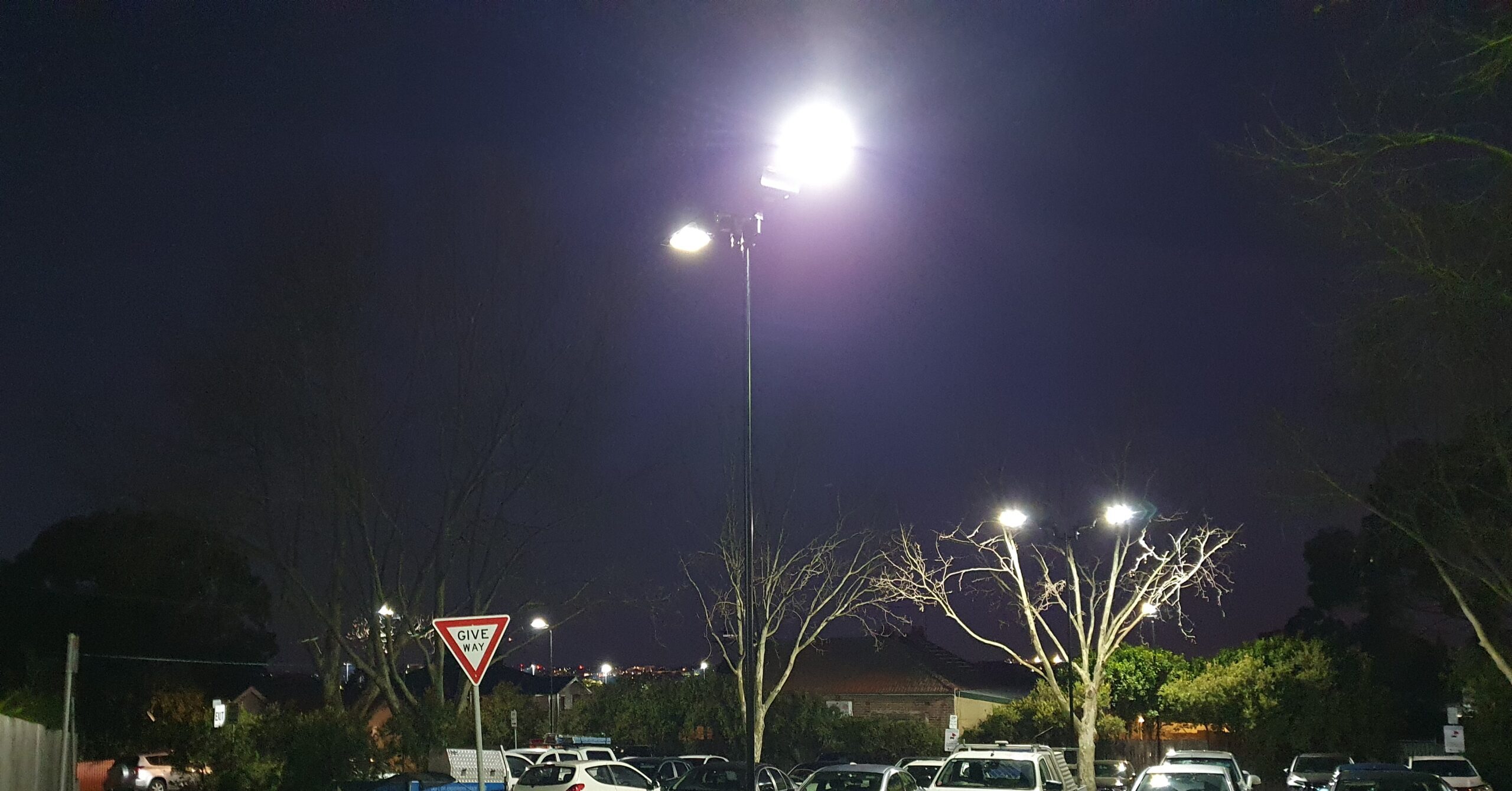
The Cost Benefits of Solar Lighting
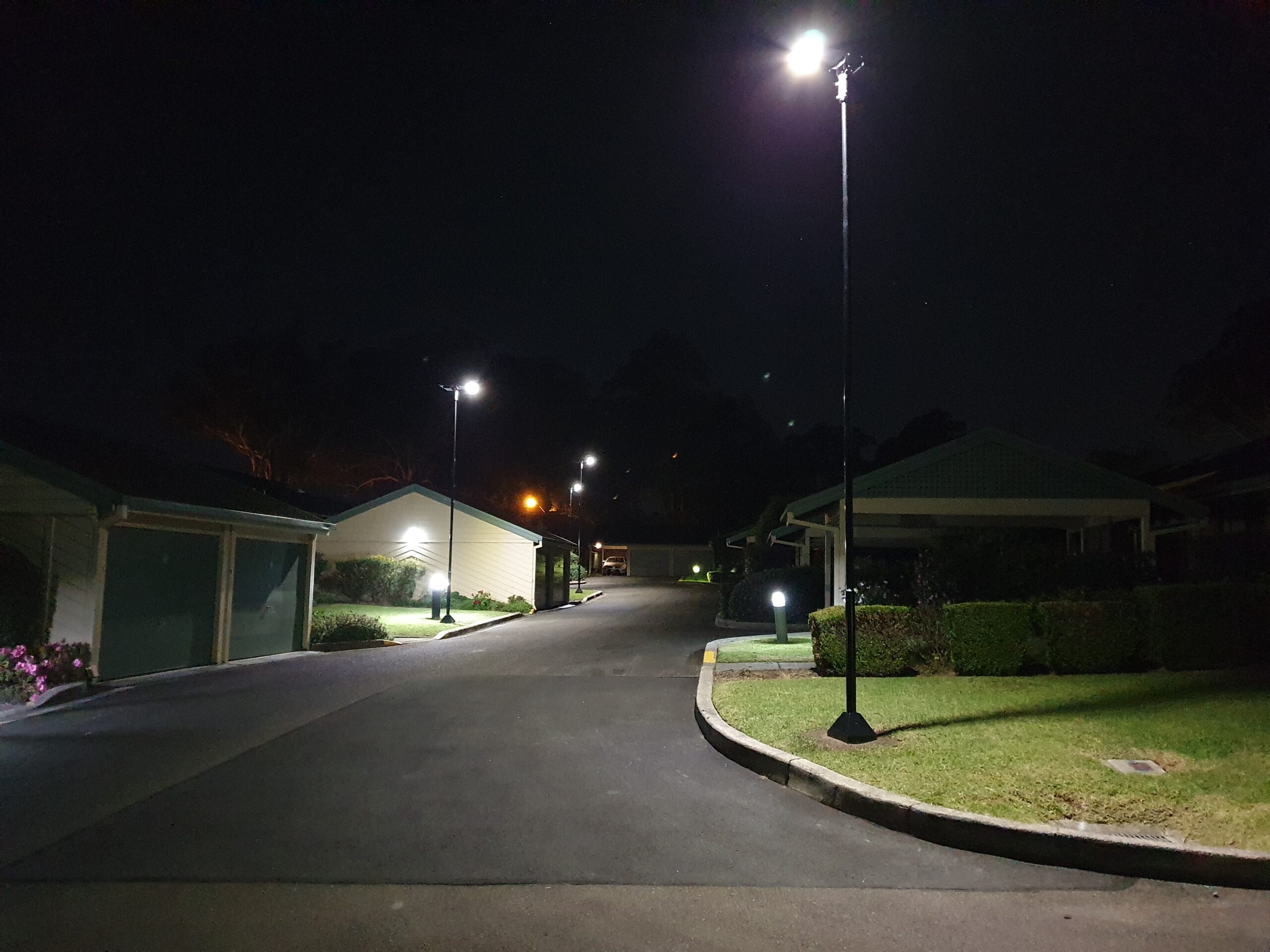
How Solar Street Lights Are Revolutionising Urban and Rural Communities
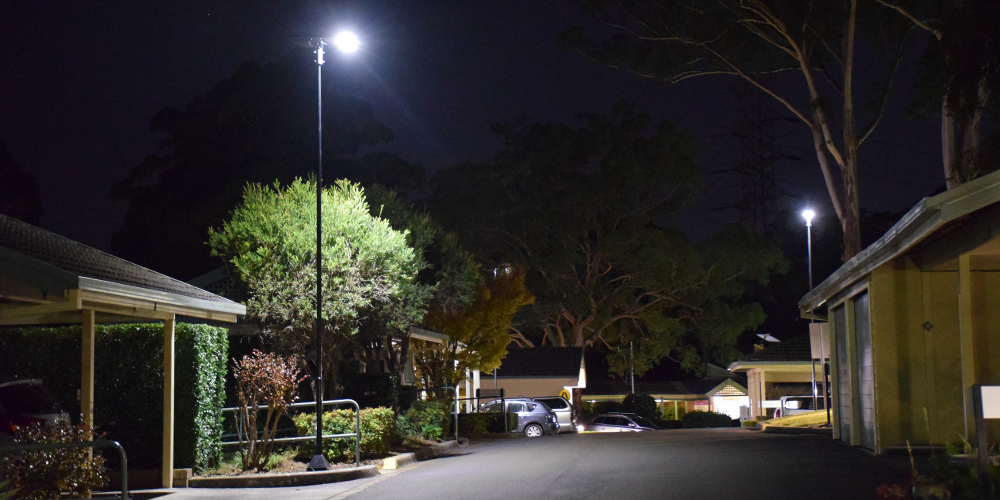
Are Solar Street Lights Worth it?
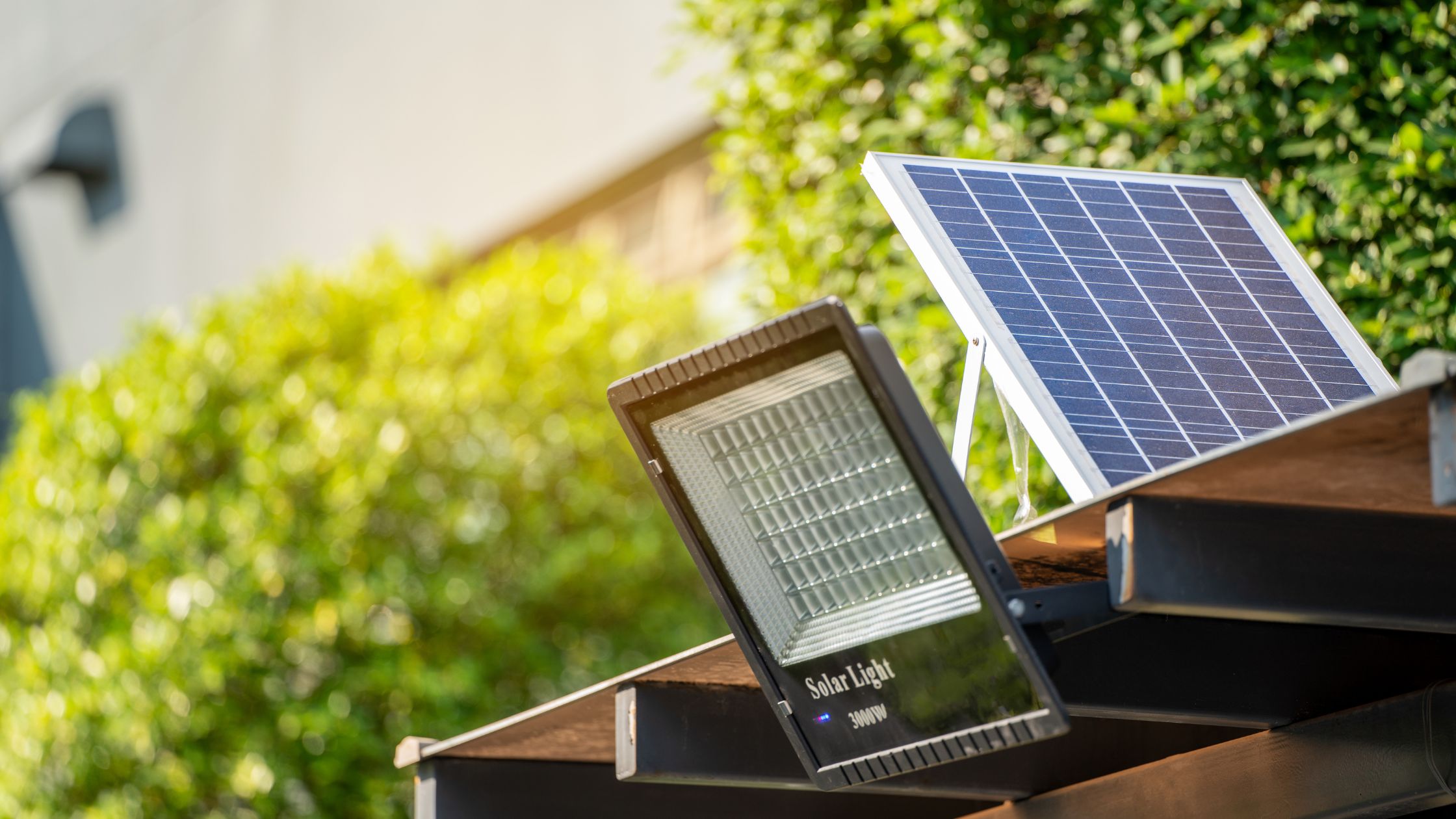
Solar Flood Lights vs. Traditional Flood Lights
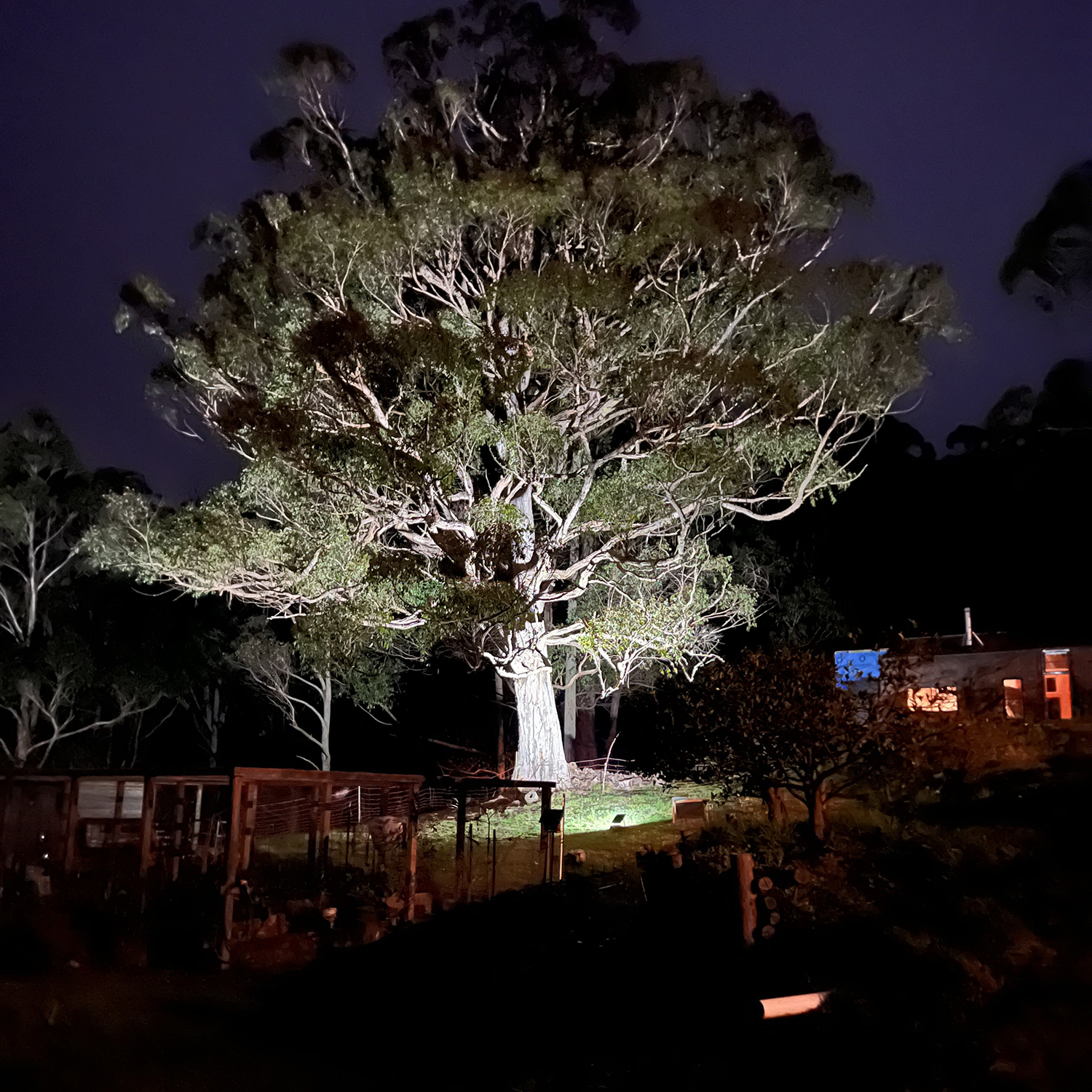
Are Solar Flood Lights Worth it?
Do you want to illuminate the beauty of your garden
Solar flood lights are today one of the most popular
Solar lights and street lights have continued to confuse people
Solar lighting has become increasingly famous for allowing households to
In today’s world, sustainability and energy efficiency are critical factors
Do you belong to the same group of people who
In recent years, the rise of renewable energy solutions has
Solar flood lights have recently gained popularity among households globally
Solar Bollard lights are posts that line walkways and provide
The continuously growing solar market has driven so many product
